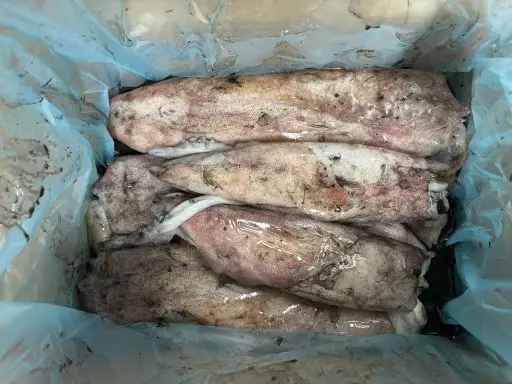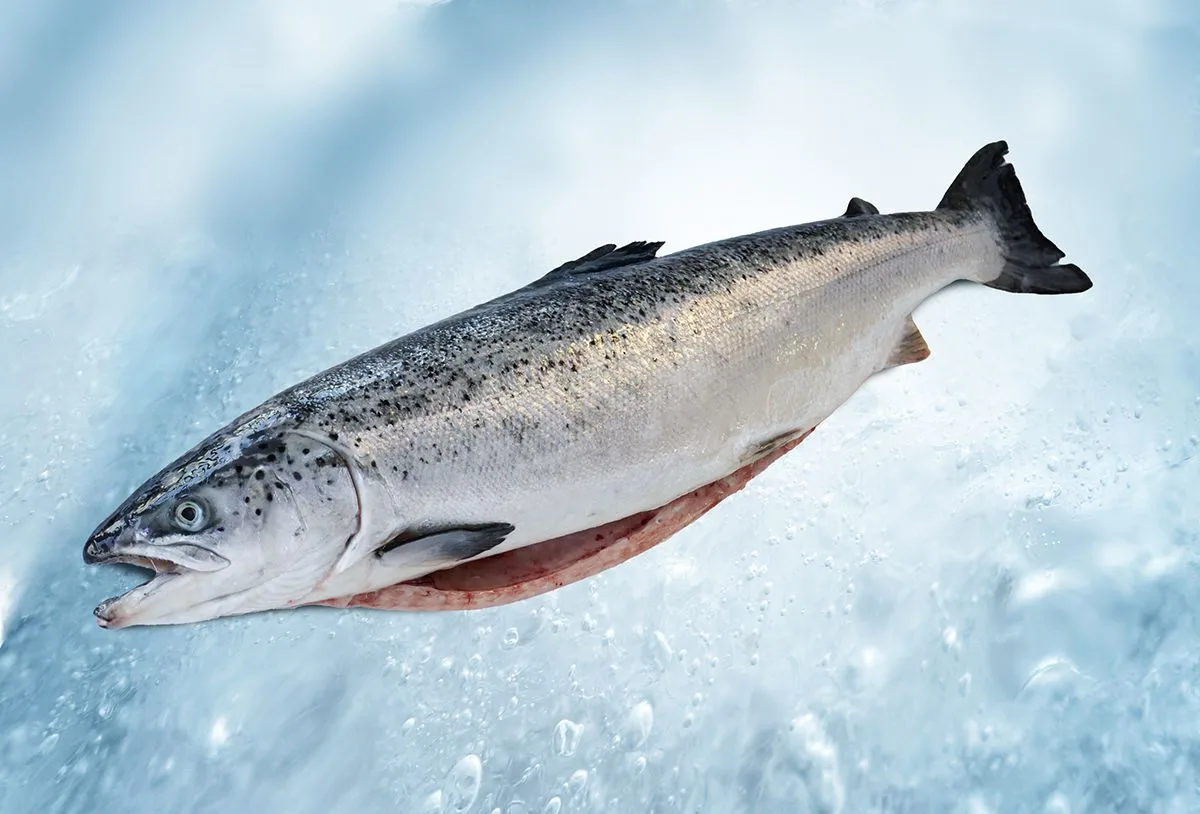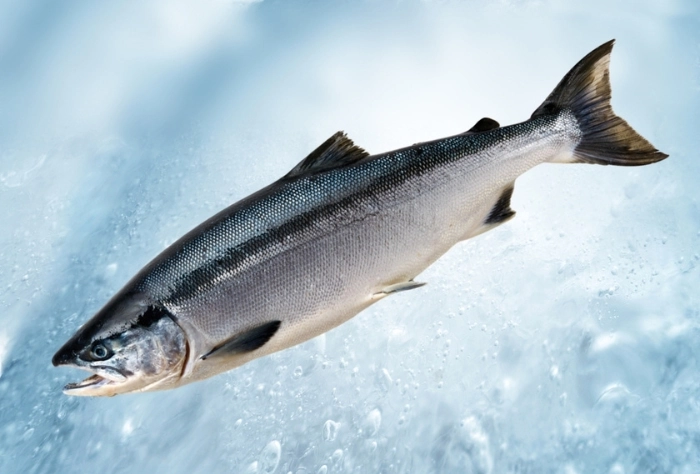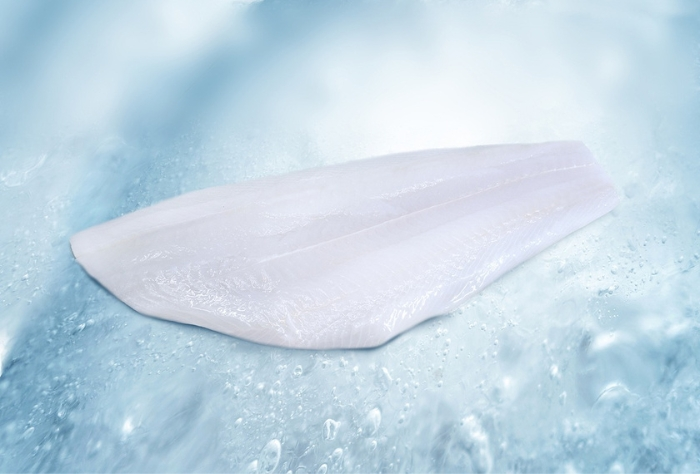
Buy Fresh Squid or Frozen Squid
Fjordpol As is one of the largest processors of Squid. We provide imports and exports both within and outside Europe. So if you want to buy Squid(Loligo vulgaris) look no further than the experienced fishermen and fish processors of Fjordpol As.
- ✅ Sustainably and transparently processed.
- ✅ Fast delivery, frozen and/or freshly packaged.
- ✅ Real-time processing updates.
- ✅ From procurement to finished product in-house.
Options & Packaging of Squid
At Fjordpol As, we offer high-quality squid products that perfectly meet the growing demand for versatile and international seafood. Squid is known worldwide for its soft texture, neutral flavor and wide applicability in a variety of cuisines - from Mediterranean to Asian.
Thanks to our reliable supply chain and strict quality control, we deliver consistently top quality squid suitable for catering, retail and processing industries. Whether rings, tubes, whole squid or tentacles, our range is tailored for convenience, taste and diversity
- Whole (with or without skin)
- - In various weights
- - individually quick frozen and fresh
Whole
- Bulk 5–20 kg carton box
- Bulk 6–20 kg Polystyrene box

Processing of Whole Squid into fresh and frozen products
The processing of squid at Fjordpol is deliberately simple and focused on maintaining quality. The squid is sorted on arrival, checked for freshness and immediately frozen or delivered fresh. Fjordpol supplies only whole squid, in both fresh and frozen form, depending on customer requirements and the origin of the product. Keeping the product as natural as possible preserves its culinary versatility and allows customers to choose how to process the squid. This approach fits well with both the catering industry and specialized fish processors who have high demands for raw material quality.
Squid
Loligo vulgari
- Quality:Freshly delivered daily
- Method of capture:Flyshoot
- Origin: Holland



